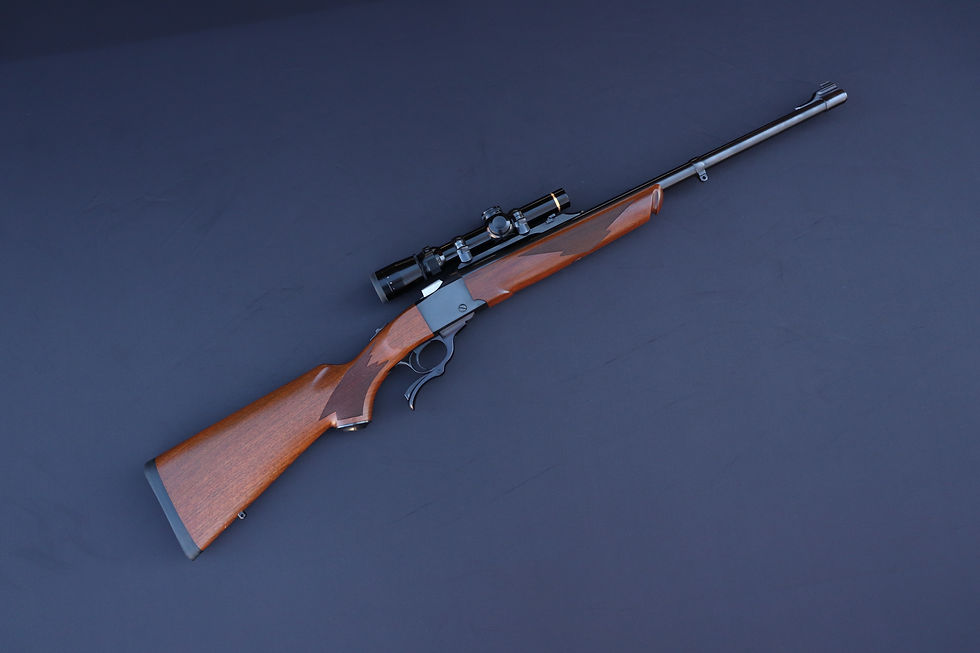The Walther P38, and Subsequent Pistol Awesomeness - Part 1
- Neal Lane
- Feb 20, 2020
- 3 min read
Updated: Mar 19, 2020
When I was 10 years old, my dad gave me the coolest toy gun I’d ever seen. I remember that being a significant accomplishment, because even at 10 years old, I’d thought I’d already owned a lot of cool guns. I asked dad what kind of gun it was, and he told me it was a German 9mm Luger. He was mostly correct, if a bit misleading.
What he’d given me was a pretty accurate copy of a Walther P38, although the actual grips were more synonymous with the post-war P1. It was NOT a copy of a Luger pistol, but since most P38’s were chambered for the 9mm Luger cartridge, I guess my new toy was technically a 9mm Luger, and both the Luger and the P38 were definitely German.
I completely failed to grasp the significance of all that at age 10, but I did know I wanted to own a real one some day when I was older. Thus began my lifelong love of the Walther P38, one of the most iconic military pistols ever made.
If we start discussing iconic military pistols, that’s a list that probably starts with the Colt 1911, closely followed by the Luger P08 and the Walther, and I’ll leave the exact order and rankings to the discretion of the individual reader.
So where did the P38 come from?
As Germany was ramping up all military strengths on all fronts in preparation for an intrepid run at world domination, someone decided that the Luger P08 should be replaced by something cheaper and less complicated to manufacture. Walther began working on some prototypes, and by 1938 had pretty well finalized his pistol, a double/single action pistol with hammer and decocker in 9mm with an 8-round magazine. It was significantly cheaper to produce than the Luger, and also had a loaded chamber indicator and a U-notch rear sight. It was really ahead of its time.
The Wehrmacht’s initial tests indicated that the new gun was more effective with 90% of the shooters, and the new U-notch sight was a very good one for combat accuracy. Oddly, while trials were still ongoing, Hitler announced that Poland should be renamed Northeast Germany. World War II was officially underway, and some of the new P-38 test pistols were sent into battle before they had even been adopted by the Wehrmacht.
Within a few short months, mainland Europe was becoming increasingly Germanic, weapons and soldiers were being deployed in greater numbers, and orders for the new P38 pistol had been placed. Germany began taking shipments of the gun from Walther, Mauser, and Spreewerk. To prevent the Allies from knowing how many guns were being made, and who was making them, each manufacturer was given a different code with which to mark their guns. AC, BYF, and CYQ were the respective code designations for Walther, Mauser, and Spreewerk.
The guns were produced until the very end of the war, and a sketchy sort of production continued when the Allies overran Berlin and continued making guns with available parts. Then the Allies told Germany she could have neither military nor weapons, and it all came to an end. The Allies had just fought two world wars against the same antagonist in less than 30 years, and were not anxious to repeat the exercise.
But the story didn’t end there....... Click here for Part 2




Comments